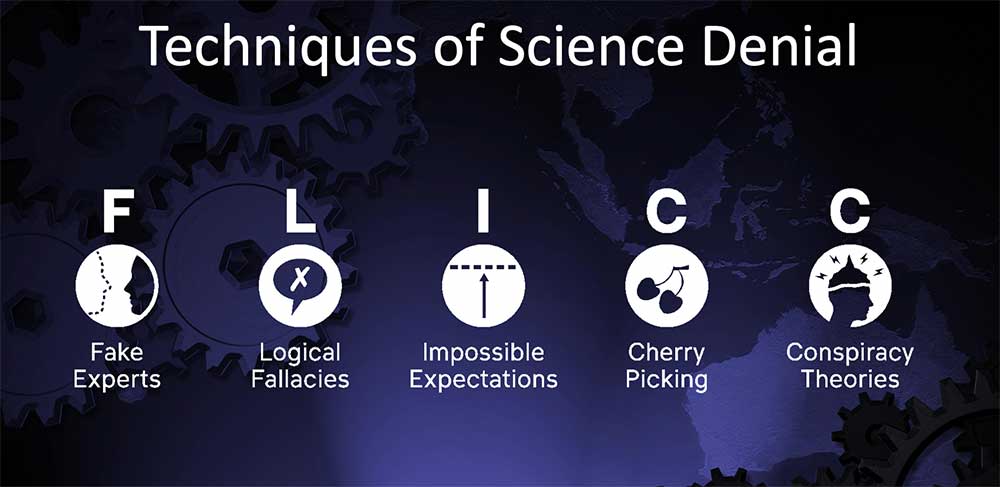Evaluating information on the internet and in the media
Strategies
SIFT
The TRAPP test
| Criteria | Ask yourself questions like… |
|---|---|
| Timeliness | When was this information posted? Has this information been updated recently? |
| Relevance | Does this information relate to my topic or need? Who is the intended audience? |
| Accuracy | Is this information accurate? Are sources or references provided? Can I verify this information with another source? |
| Author | Who is posting this information? What are their credentials and expertise? |
| Purpose and point of view | Why was this information posted (e.g., to inform, persuade, sell)? Is this information fact? Opinion? Is there a natural point of view? Are there any biases? |
FLICC Model

The FLICC model is a methodology for distinguishing quality sources that go through a flowchart of analyzing different sources and finding the weaknesses of those sources.
Cranky Uncle Game
Above is a link to a game that can be played in a web browser that tests the ability to recognize sources. Also explains why or why not so it’s a good teaching tool. For teachers, it is a safe game for students to play during downtime.
